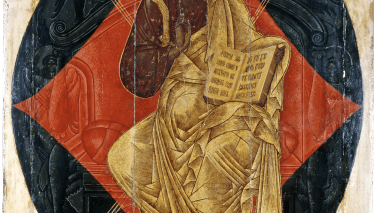The word that Sir Keir Starmer, the Prime Minister, chose to describe the action of rioters was more interesting than he perhaps knew. ‘I won’t shy away from calling it what it is – far-right thuggery.’ Thuggery throve in India, was suppressed by imperial authorities and has been revived in a different form in the gangsta culture of black America. A thug was, the OED tells us, ‘a member of a society or cult of robbers and murderers in India known for strangling their victims’. The word was first noted in English usage in 1810.
Between 1826 and 1840 more than 14,000 thugs were hanged, transported, or imprisoned for life (certainly ‘the full force of the law’ in Sir Keir’s terms), largely through the efforts of William Sleeman, a district officer in central India, who was sometimes accompanied by his wife Amélie on his travels in pursuit of thugs.
The thugs were professional hereditary murderers devoted to the Hindu goddess Kali and they preyed in bands on travellers. The Hindi word thug here meant ‘robber, deceiver’, and derived from the ancient Sanskrit sthaga, ‘cunning, dishonest’. Thugs were also known as phransigars ‘stranglers’, for they were said to strangle victims with a piece of yellow or white silk knotted in one corner with a silver coin dedicated to Kali. After the murder, the body was buried in a grave dug with a sacred pickaxe dedicated to Kali. In 1836, Sleeman published Ramaseeana on the thugs and their language. The account of one man who had confessed to 700 such murders was used by Philip Meadows Taylor in writing Confessions of a Thug (1840).








Comments
Join the debate for just £1 a month
Be part of the conversation with other Spectator readers by getting your first three months for £3.
UNLOCK ACCESS Just £1 a monthAlready a subscriber? Log in